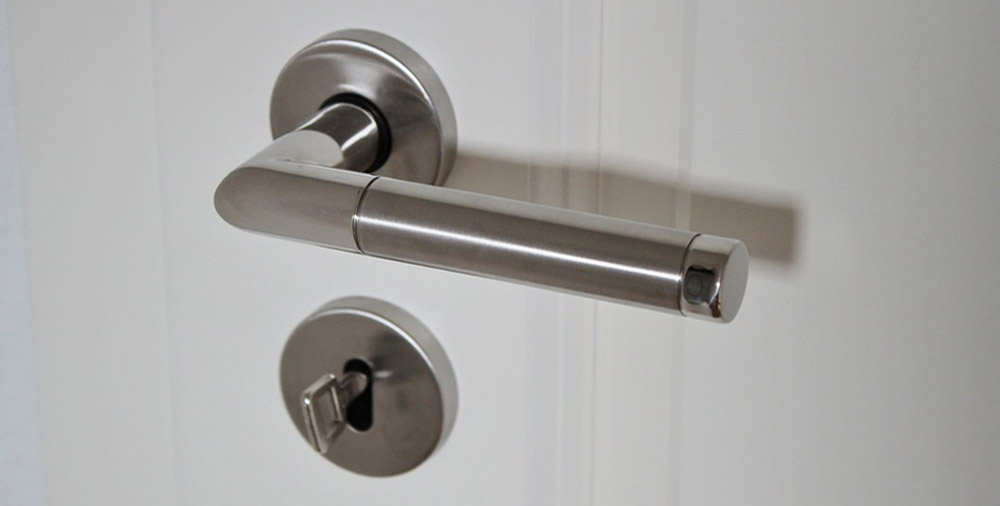Whether facing an active shooter emergency or another type of lockdown situation in school, it is vital for staff to be able to successfully secure classrooms from the inside to protect students from potential threats.
At Sandy Hook Elementary School, the classroom doors could only be locked from the outside, forcing teachers to walk out into the hallway and potentially into the line of fire in order to secure their classroom, reports The Hartford Courant.
The Sandy Hook Advisory Commission, a 16-member panel of public safety experts created by Connecticut Governor Dannel Malloy following the devastating Sandy Hook shooting, released a report containing several recommendations regarding classroom door safety.
First and foremost, the report emphasizes the importance of all classroom doors having the ability to lock from inside the classroom. The report says testimony and other evidence presented to the commission revealed that there has never been an event in which an active shooter was able to breach a locked classroom door.
The report also emphasizes the importance of distributing keys to all staff members, including substitutes teachers.
Location, type and size of glazing adjacent to the hardware to ensure the lockset cannot be defeated by breaking glass is also vital.
NASFM Guidelines for Classroom Door Security
The National Association of State Fire Marshals echoes the Sandy Hook Advisory Commission’s standpoint on the importance of being able to lock doors from inside the classroom.
NASFM recommends classroom door hardware meet the following criteria:
- Hardware must be lockable from inside the classroom without opening the door to minimize exposure by inserting a key in the cylinder of the inside lever
- Give emergency responders access from the outside of the classroom, either by using a key or some other credential
- Egress without a key, tool, special knowledge or effort and only one operation to unlatch the door
- Operable hardware should be mounted between 34 inches and 48 inches above the floor
- No tight grasping or twisting of the wrist to operate
- If a classroom door is fire rated, the door must be self-closing and self-latching and may not be modified in a way that invalidates the fire rating
Since some staff members may have difficulty using fine motor skills to lock a door from the inside in a high-stress situation, it is vital to have regular lockdown drills to help familiarize teachers with the operation of the locks. These door locks should also have an indicator that will confirm the door has been put into lockdown.
Many doors that do not have hardware that allows teachers to lock it from inside the classroom can be locked by turning a thumb turn or by pushing a button on the door. Although this makes it easy to lock without opening the door, the door can be also locked by an unauthorized person, including someone who may want to secure a classroom to commit an assault or a theft. If this lock function is used, staff should carry keys to unlock the door from the outside in case of an unauthorized lockdown.
Many schools whose doors have the above capability but do not have the budget to install updated hardware have instituted a policy in which classrooms are locked at all times of the day. This forces teachers to unlock the door themselves to grant someone else access, helping to prevent lockdowns by unauthorized individuals.







